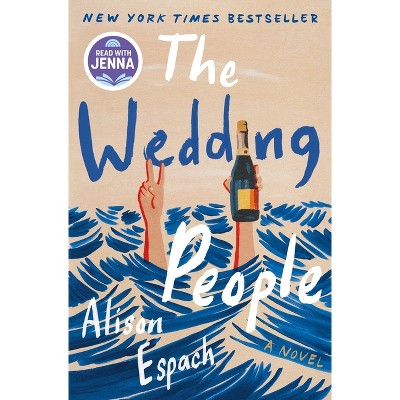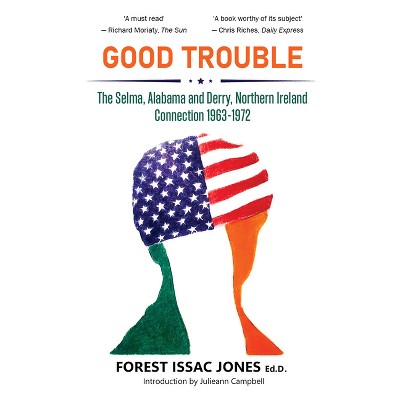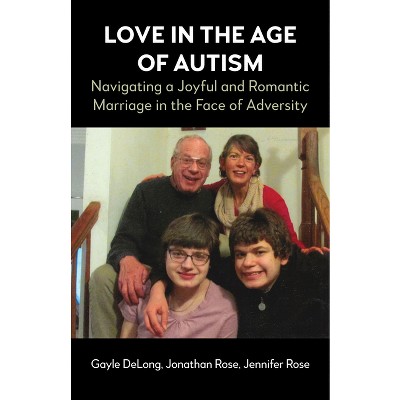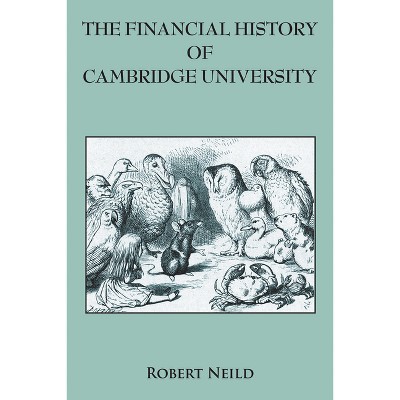About this item
Highlights
- Preface The book's Preface places the current AI explosion in the context of other technological cataclysms and recounts the author's personal (and not always deadly serious) AI journey.
- About the Author: Mark Seligman, PhD, is Founder, President, and CEO of Spoken Translation, Inc.
- 200 Pages
- Computers + Internet, Natural Language Processing
Description
About the Book
This volume first explores the potential of machine translation of literature; goes on to explore possibilities for artificial literary creation; and finishes by assessing recent spectacular progress in generative artificial intelligence (AI) - throughout, with reference to Vladimir Nabokov's hyperconscious literary art.Book Synopsis
Preface
The book's Preface places the current AI explosion in the context of other technological cataclysms and recounts the author's personal (and not always deadly serious) AI journey.
Chapter One: "Extracting the Essence: Toward Machine Translation of Literature"
This 2019 essay rashly inquired whether artificial intelligence (AI) and machine translation (MT) might eventually be applied to literary translation. Such translation strives to somehow preserve the essence of a work while carrying it over to a different language and culture and giving it rebirth there. To recognize that essence, the translator must accurately capture the meaning of the original; appreciate its metaphors, connotations, register, references, and other abstract or associative factors; and choose among available target language expressions by exercising esthetic judgments. Computers, however, have until recently remained incapable of such accuracy, abstraction, and judgment. We revisited these shortfalls in light of developments in MT and AI. We teased apart several separable aspects of literary translation - literal meaning, meter, rhyme, and the abovementioned associative elements - with reference to arguments about Vladimir Nabokov's hyper-literal translation of Pushkin's poem Eugene Onegin. Prompted by this debate, we came to analyze translation as an optimization problem: because it will often prove impossible to perfectly convey all aspects or essences of a text in a single translation, the translator must search for some optimal compromise. Then we discussed several avenues for improvement in MT which could help to extract these aspects of a text's essence - first, those which might enhance textually grounded MT (i.e., MT trained on text only), leading to delivery of high-quality literal translations; and second, those related to perceptually grounded MT (i.e., MT trained on simulated perception, e.g. of audiovisual input, as well as text), which might extract more abstract or associative elements of a text. We suggested that recognition of categories would prove central to the essence extraction sought by translators. As this categorization improves, MT should increasingly support literary, and thus cultural, preservation. However, the deepest artificial esthetic judgments will await artificial emotion. Chapter One concluded with two appendices, the first sampling numerous competing translations of Pushkin verses and the second displaying widely varying translations of a short French poem.
Chapter Two: "Toward an Artificial Nabokov"
Chapter One inquired whether artificial translation of literature might be at all possible. The cautious conclusion was that while high-quality literal translation might be achievable through foreseeable development of current techniques, artistic translation would await artificial emotion, a more distant prospect. This 2021 sequel went on to ask whether an artificial intelligence might eventually gain the ability to actually create works of literary art. To throw literary consciousness into the sharpest relief, we took as exemplar an author known for a kind of hyper-consciousness: Vladimir Nabokov. To be sure, the suggestion that artworks combining Nabokov's superhuman intricacy and wholly human depth could be authored by a collection of switches would horrify this transcendent author, and does seem to fly in the face of everything that is most human. But while we are concerned with what machines might do, our more fundamental concern is to understand the human thoughts and feelings to which machines might aspire; and this understanding, promising to bridge the gap between C.P. Snow's two cultures, is finally coming within reach. In our literary context, Nabokov scholarship provides many specific examples - in Ada: or Ardor, Pale Fire, and other works - of the author's hyper-conscious artistic techniques: glorying in memory; repetition to establish themes and motifs; allusion to wide-ranging works and facts; intricate puzzle posing; and relentlessly careful structuring at multiple levels of the text. Here we considered several such techniques, speculating about the extent to which current or coming AI capabilities could approach them. In Chapter Two, Section 2, to clarify assumptions, I set forth my own current conceptions of computation, consciousness, feeling, language, and thinking, providing in the process a somewhat prejudiced AI primer for the computer-shy humanist. In Chapter Two, Section 3, I applied to Nabokov's prodigious work my understanding of these aspects of mind. Subsections focused on self-awareness, perception, memory, and puzzles.
Chapter Three: "Large Literary Models? Intelligence and Language in the LLM Era"
Spoiler: Chapter Three, Section 6, Experiments will present several striking demonstrations of the current (2025) state of the artificial literary art. This chapter's initial sections aim to explain the breakthroughs that triggered the abrupt phase change from wannabe to indisputable intelligence and linguistic ability. We first give an account of intelligence, sufficiently general to apply to both biological and artificial entities, defining it as the ability to select actions or outcomes effectively according to the conditions and goals encountered - in computers, as conditional (if/then) expressions. We'll scan various ways of packaging conditionals in computer programs, culminating in deep neural network technology, in which each network node among billions can be seen as an if/then expression. Thus, conditionality realized through networks is seen as the common underpinning of artificial and biological intelligence. Next, to explain the breakthrough success of Large Language Models, we undertake an accompanying account of language, viewed as combining two separable capabilities: (1) to communicate using symbols, minimally one at a time and (2) to communicate with a sequence of symbols - that is, exploiting grammar. We explain the technological breakthrough enabling artificial symbol use as development of vector-based semantic techniques and we explain in depth our understanding of symbolic communication. In the grammatical area, the linguistic breakthrough has been enablement of improved predictors of sequences through consideration of much larger contexts. To manage the accompanying threat of computational overload, it's necessary to focus on the most predictive contextual elements among thousands. These are taken to be those closest semantically to a given element in question - and the vector-based semantic approach proves to be perfect for identifying them via the attention mechanism and the sequence-prediction technology built upon it, the transformer architecture. However, despite spectacular progress in computational intelligence and language, some aspects undoubtedly remain lacking. We emphasize that the structure of neurally learned knowledge remains unclear, while speculating that class hierarchies and schemas play important parts in LLMs and describing new tools for analyzing the networks' hidden patterns. We go on to consider issues of (1) search and revision (linguistic and otherwise); (2) experience grounded in the world beyond text, with explanation of Imitation Learning and Reinforcement Learning as ways of predicting what to do next; (3) memory and identity issues; and (4) emotions, stressing that current systems' lack of built-in drives handicaps artificial artistry - for better or worse - and cautioning against mistaking faked feelings for felt ones. After presenting the abovementioned experiments, we'll conclude with an evaluation, attempting a working definition of "understanding" to support the contention that current LLMs do in fact evince artificial comprehension, while also noting original touches and linguistic creativity.
Sendoff
The volume's Sendoff considers whether machines, while now arguably intelligent, can ever also gain sufficient sensation and emotion to create language art with other than borrowed depth - and, while viewing this development as likely all too soon, declines to despair on that account.
About the Author
Mark Seligman, PhD, is Founder, President, and CEO of Spoken Translation, Inc. In 1998, he organized the first speech translation system demonstrating broad coverage with acceptable quality. Mark also publishes on speech translation and cognitive science topics.
Shipping details
Return details
Trending Book Pre-Orders












